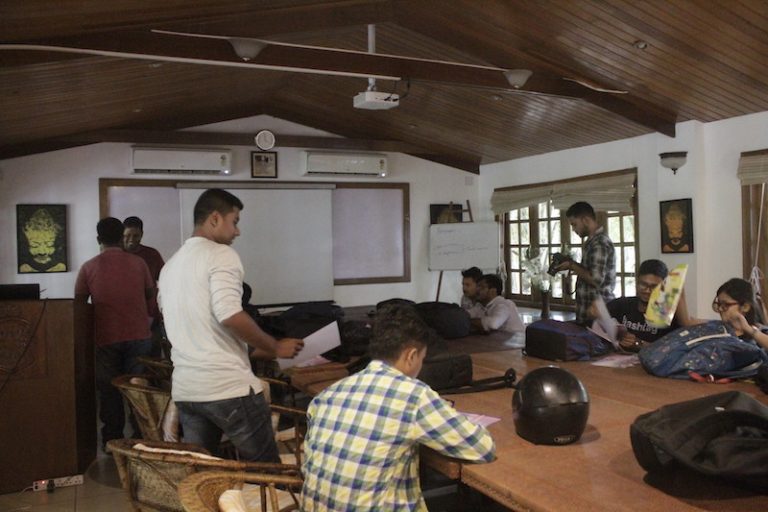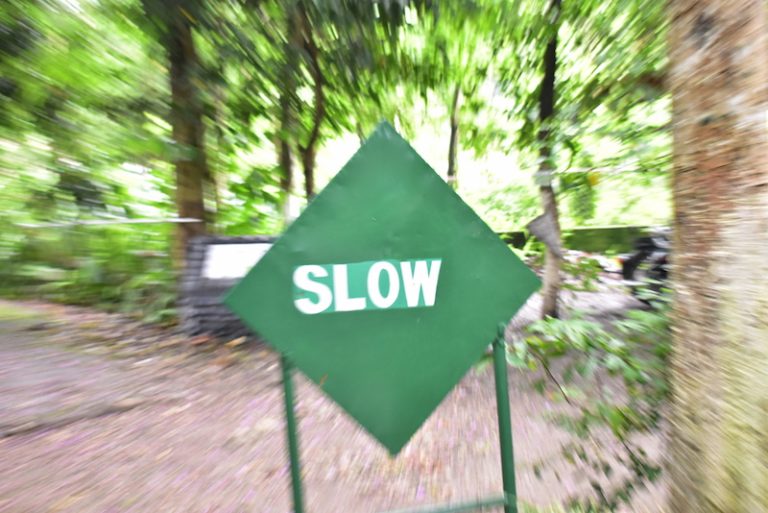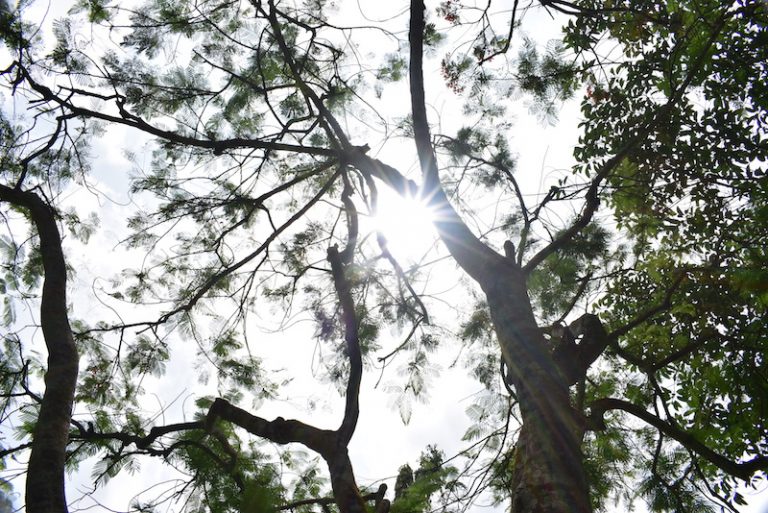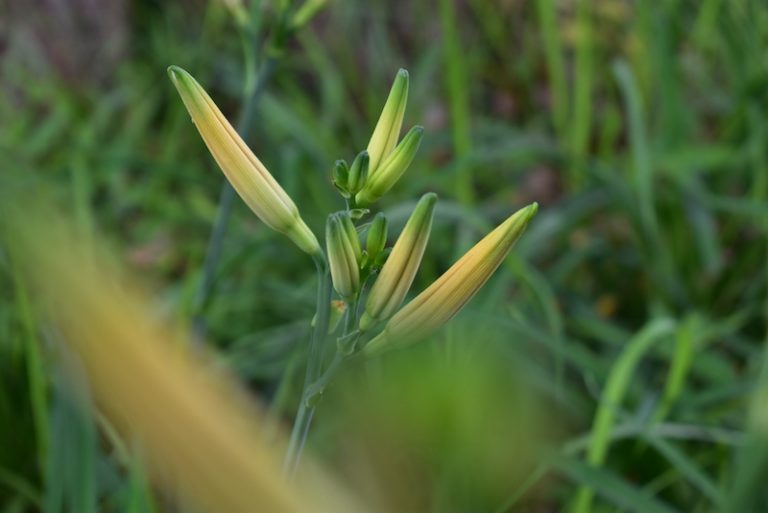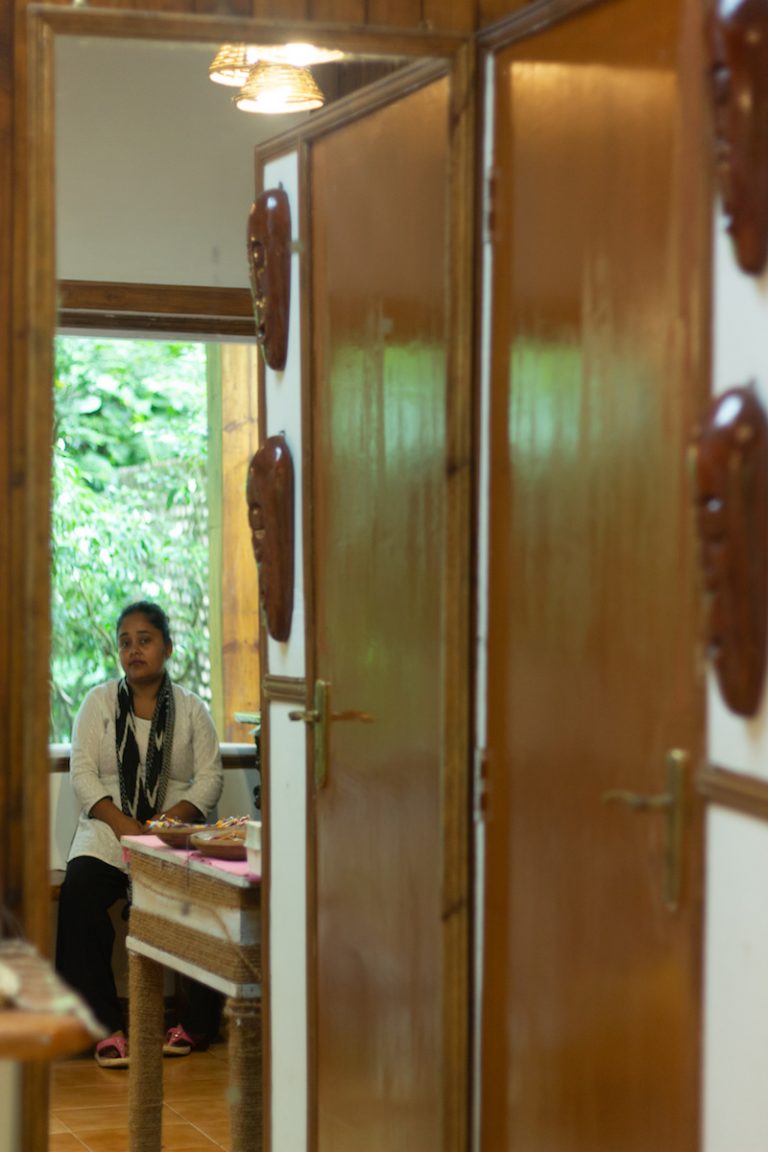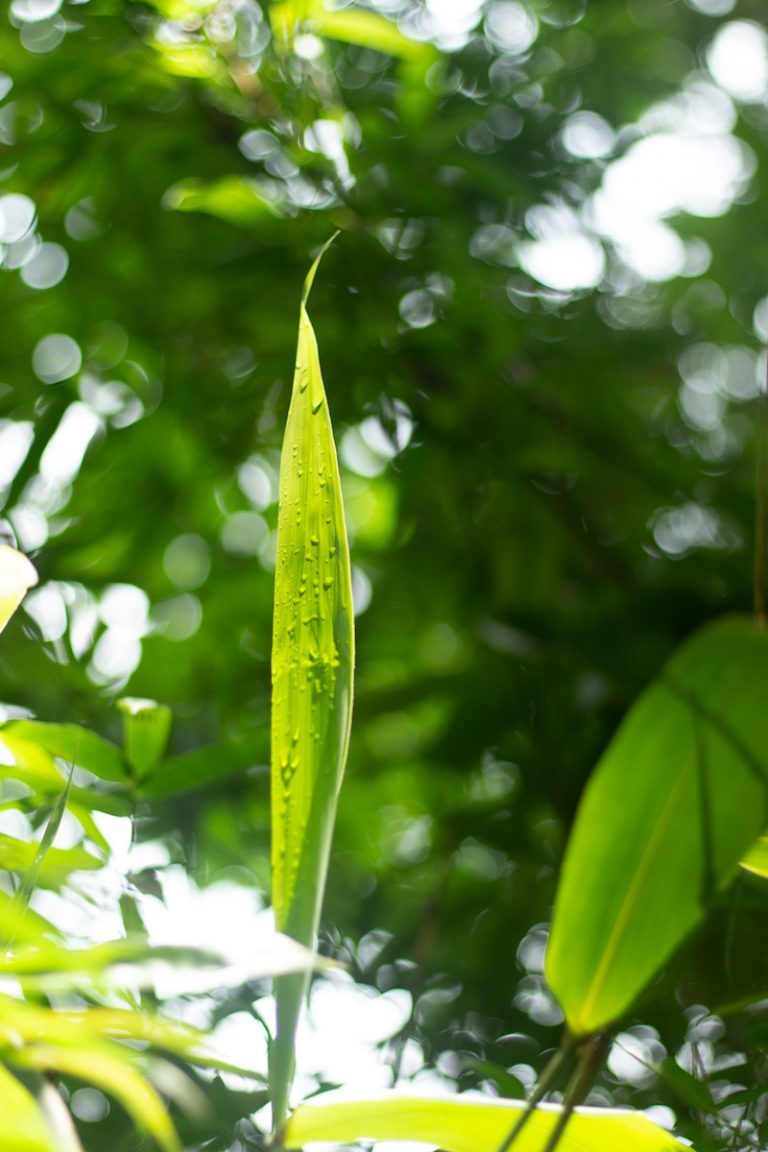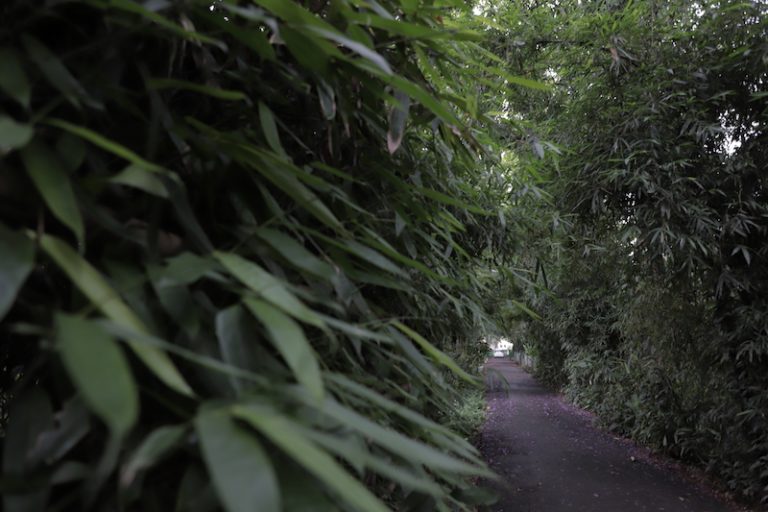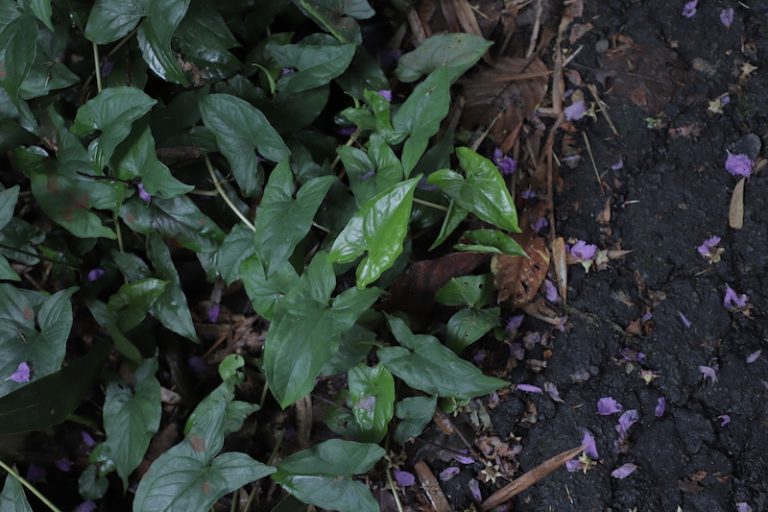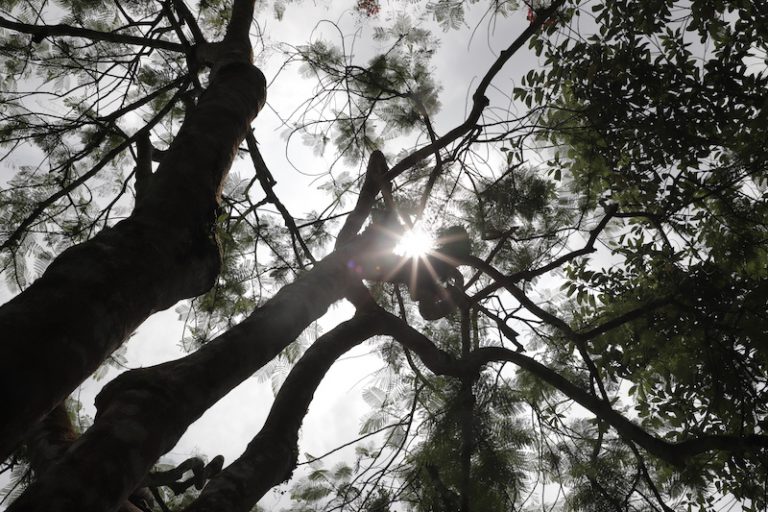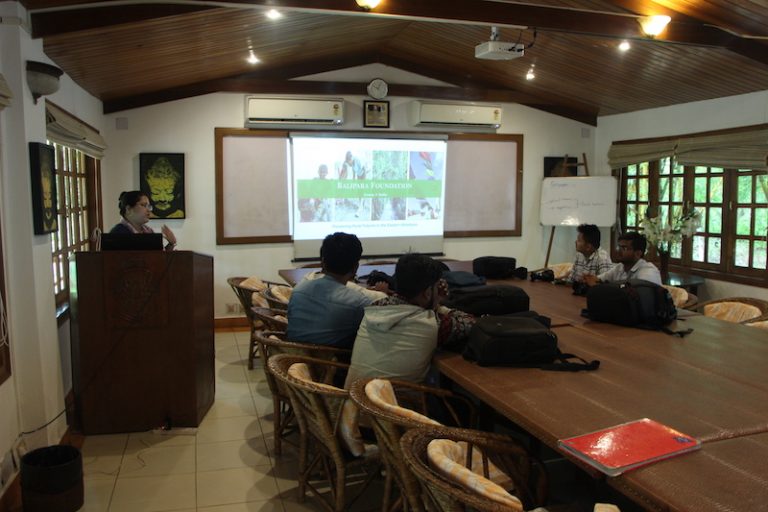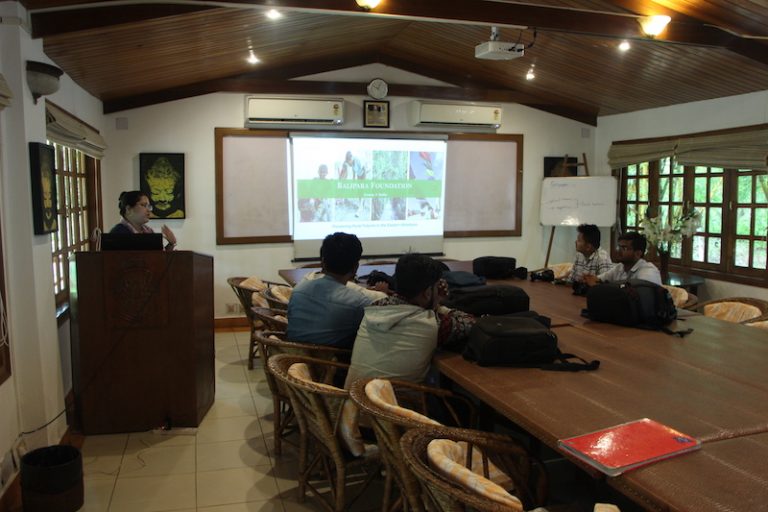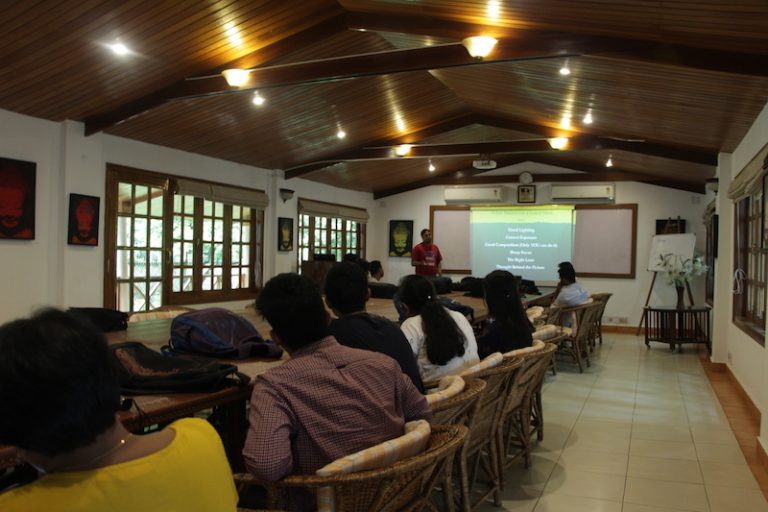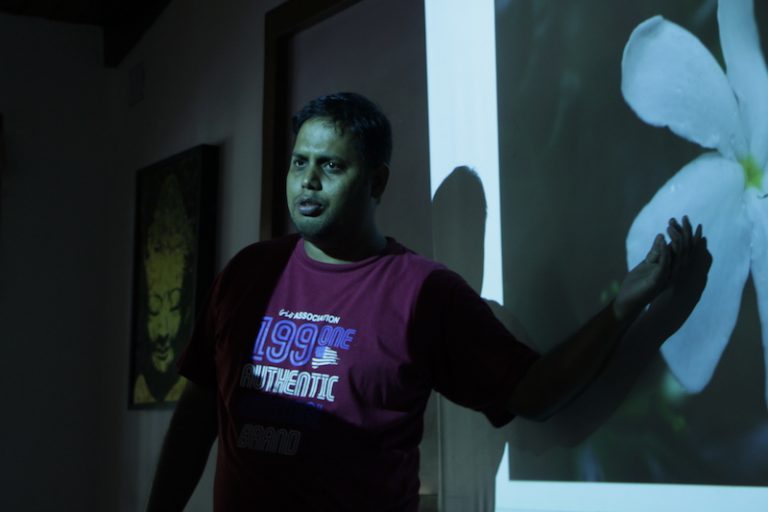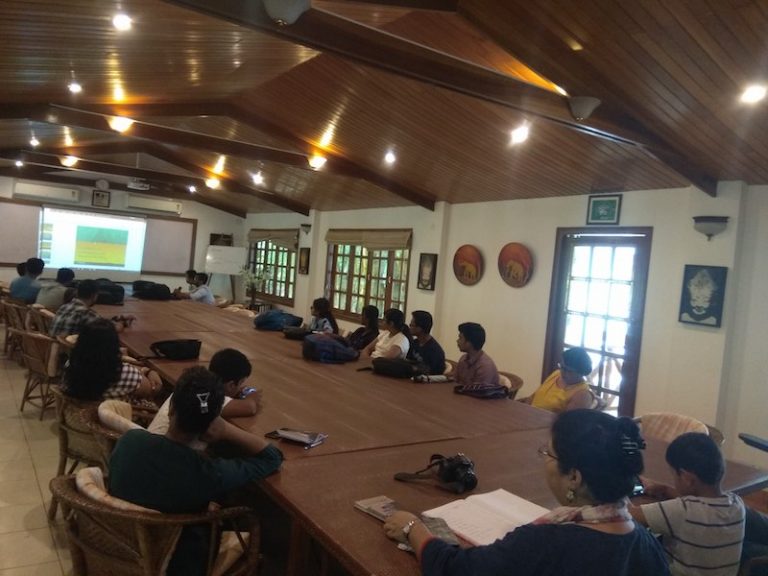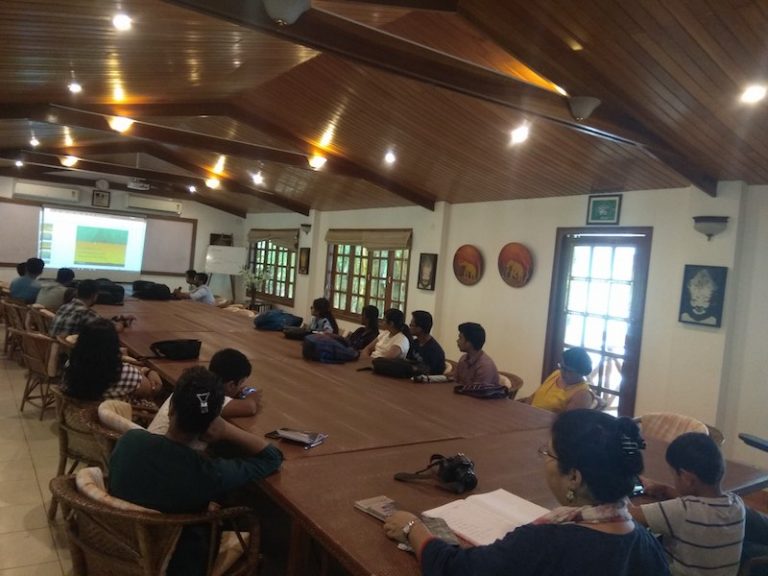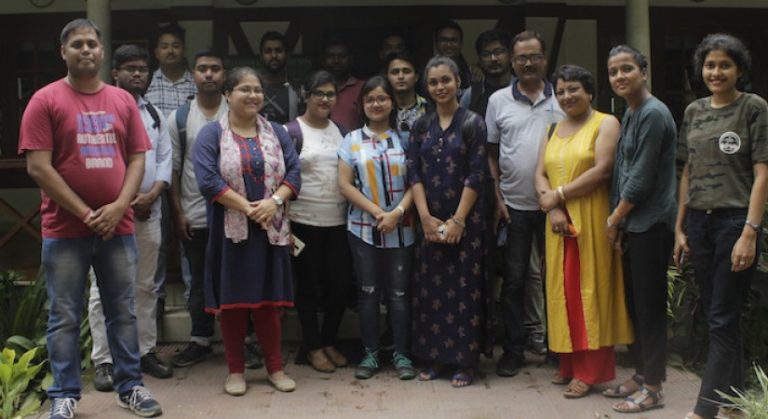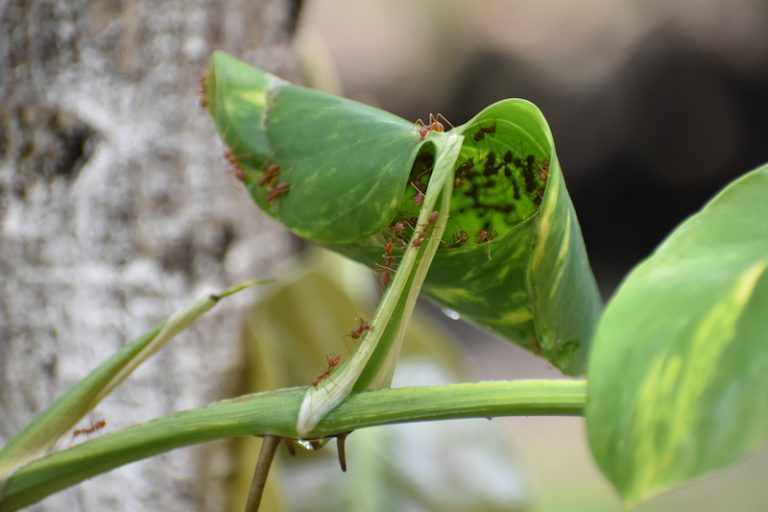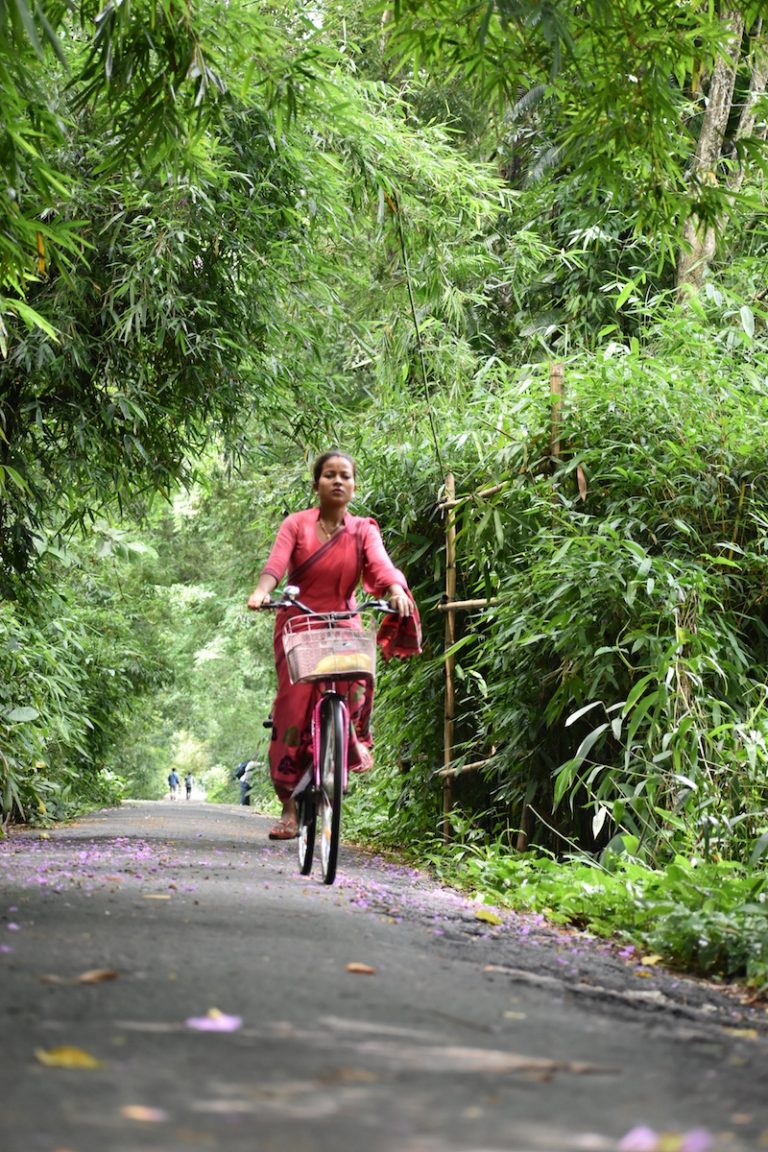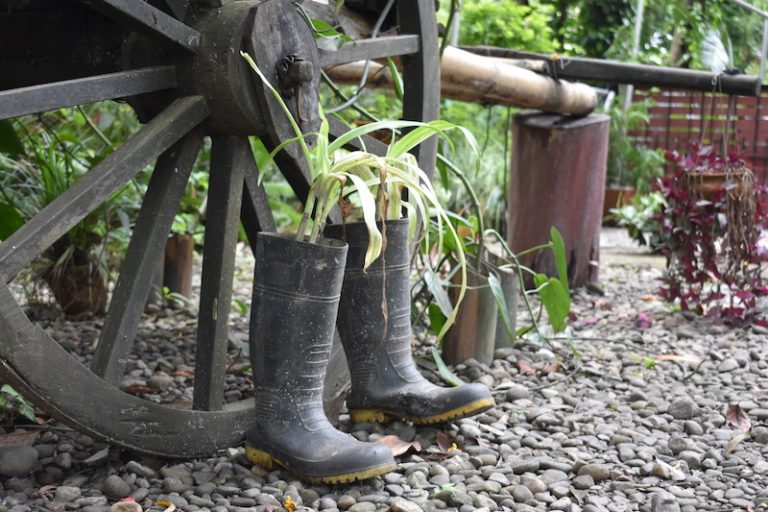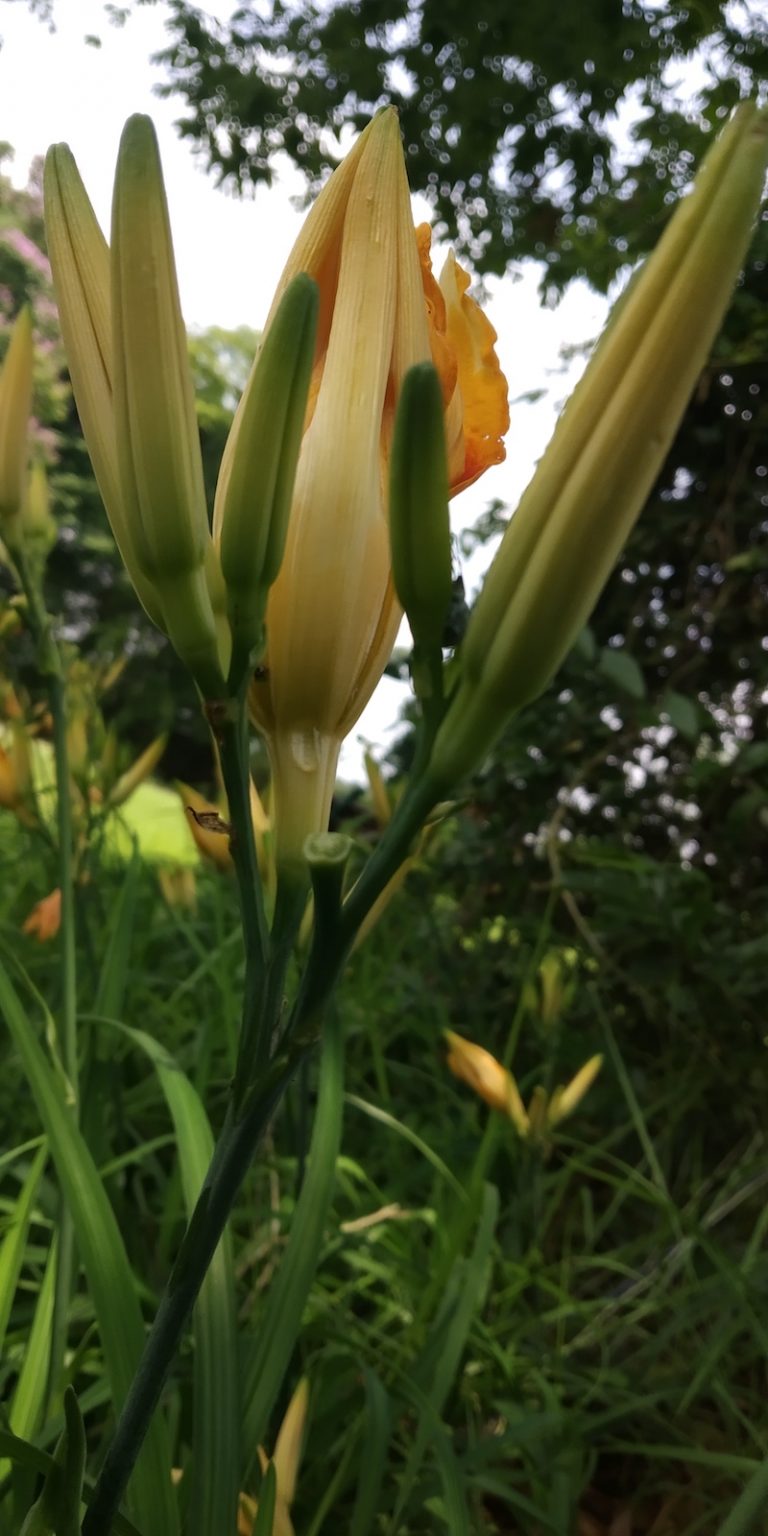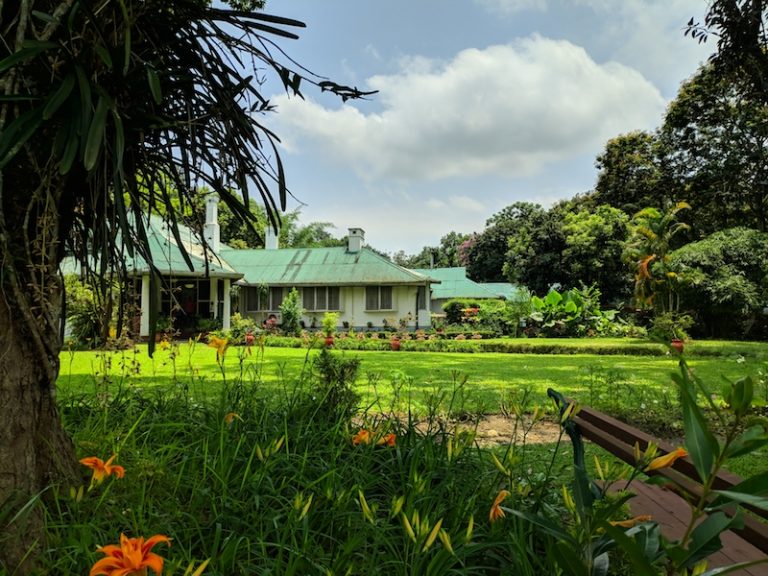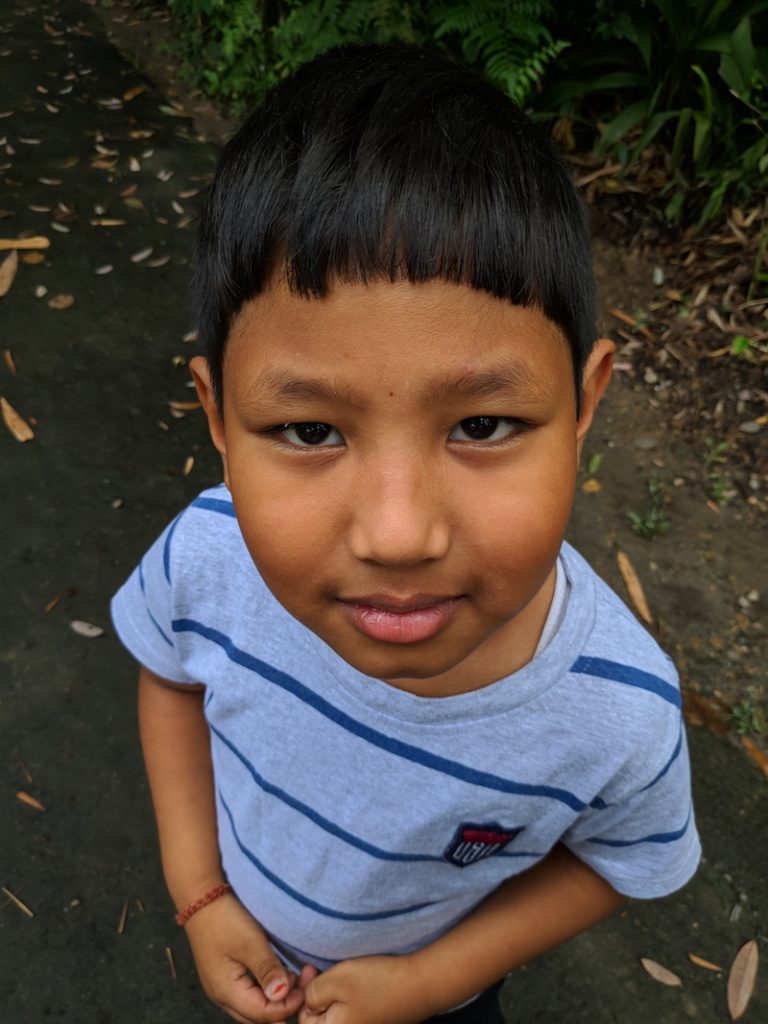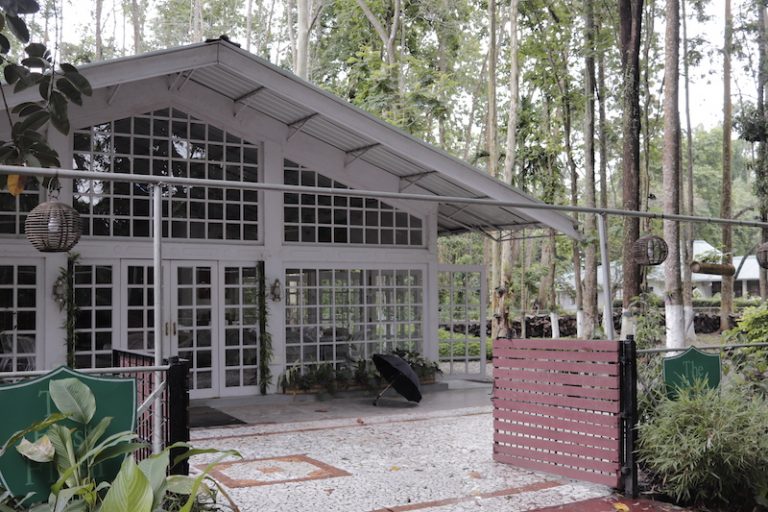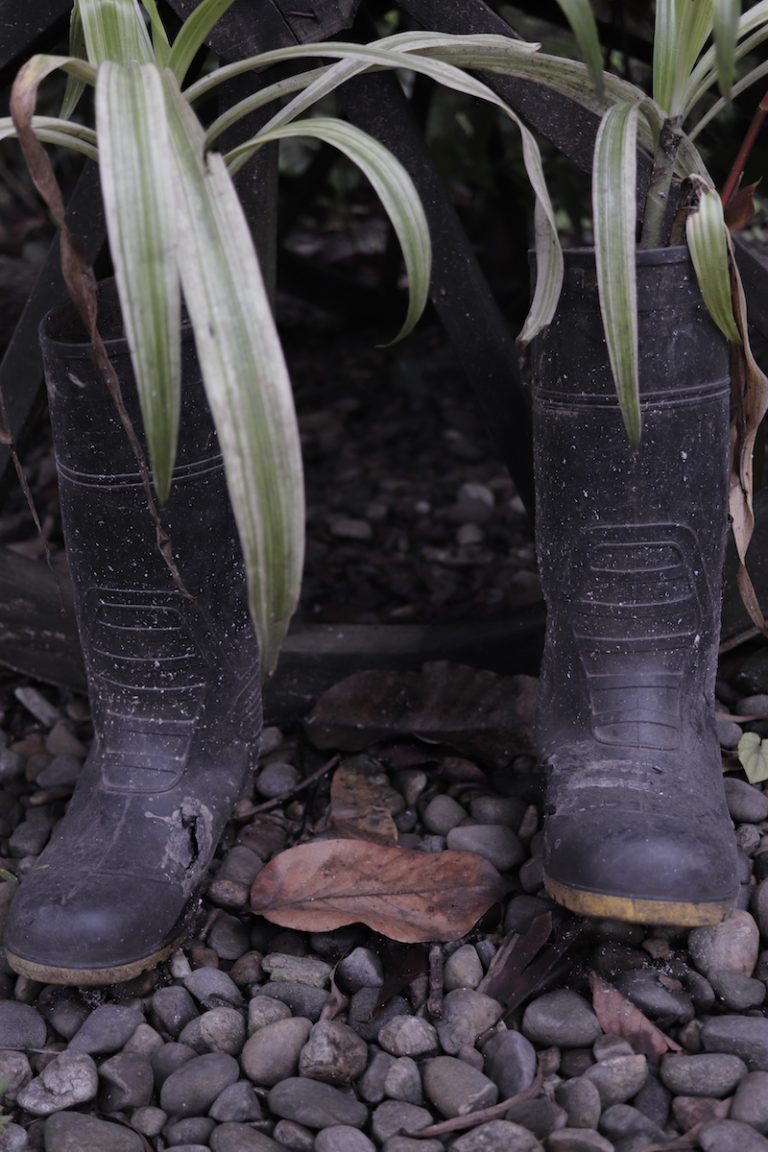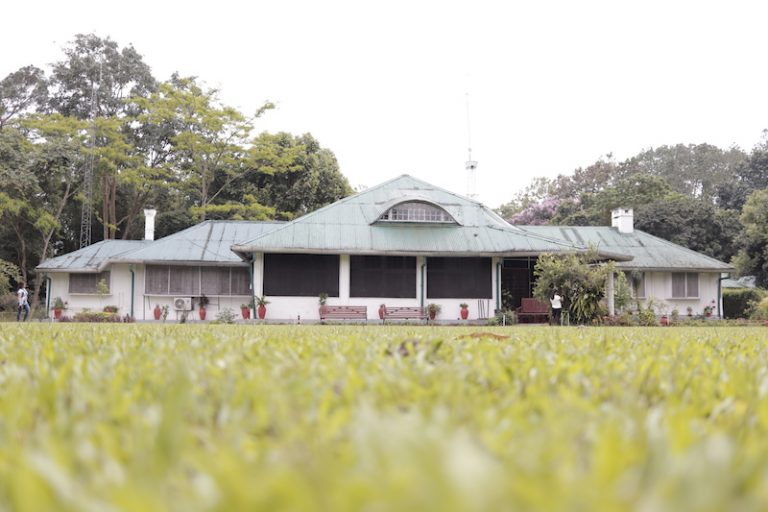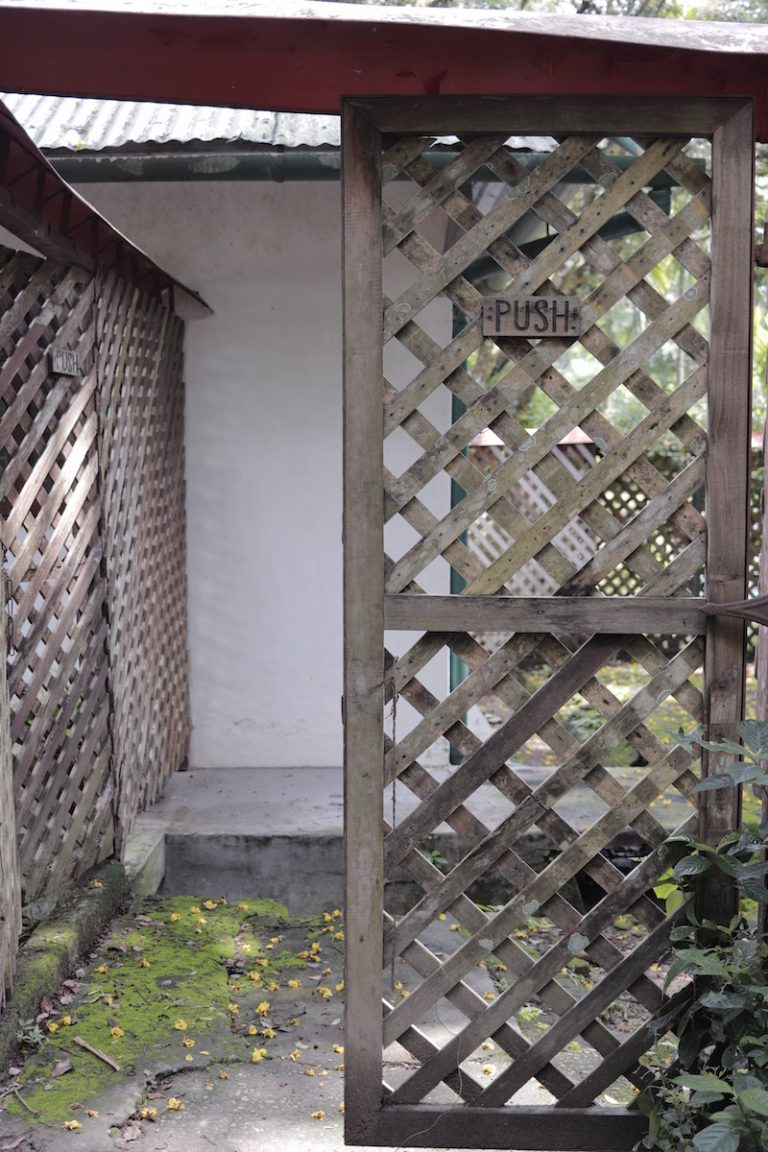Workshop on Nature Photography
26th May, 2019
Highlights of the Event:
> The Eastern Himalayan Naturenomics™ School had conducted a workshop on Nature Photography, on International Day for Biological Diversity
> The objective of the programme was to impart knowledge on the basic concepts and techniques of nature photography.
The term ‘biological diversity’ or ‘biodiversity’ may not be confined to only plants, animals, micro-organisms and ecosystems. In the year 1992, the United Nations together with leaders from 150 countries signed the Convention on Biological Diversity at the Earth Summit at Rio de Janeiro, which recognized that biodiversity is also about our people and our need for food security, medicines, fresh air and water, shelter and a clean and healthy environment. In the year 2000, the United Nations General Assembly had declared 22nd May as the International Day for Biological Diversity to celebrate the adoption of the text of the Convention on Biological Diversity on that day back in 1992. The theme for this year was ‘Our Biodiversity, Our Food, Our Health’.
To mark the day, the Eastern Himalayan Naturenomics™ School had organised a workshop on Nature Photography, wherein 12 students from Tezpur College and 2 members of faculty had participated. The workshop was facilitated by Mr. Sunit Sisodiya (photographer, video editor and resource person for The Green Hub, Tezpur). Before beginning the programme, the participants were given a brief introduction of the Eastern Himalayan Botanic Ark and the Eastern Himalayan Naturenomics™ School. This was followed by a presentation on the history and significance of the International Day for Biological Diversity. The session was thereafter taken over by Mr. Sisodiya. He laid out his lecture as a beginner’s guide to photography, in which he discussed about the camera, the basics of photography and certain ethics that a photographer should follow.
Among the techniques of photography, he emphasized mainly on composition of a photograph. The participants were asked to step out and put their lessons to test. Each participant was asked to submit 5 un-filtered photographs, which were later discussed in detail and evaluated in an interactive session. The programme had ended with distribution of certificates to all participants, and a prize for the participant who had taken the best photograph.
Impacts:
> The programme had imparted the significance of the International Day for Biological Diversity to the audience, instilling an appreciation for the resources that the Earth provides.
> The module was conducted as a beginner’s guide, where the workings of a camera, basic concepts and techniques of photography were taught. The participants were contented at the simplicity of the module.
> The programme hopes to have encouraged an enthusiasm toward photography among the participants and to take it up beyond a hobby.
> The Eastern Himalayan Naturenomics™ School had conducted a workshop on Nature Photography, on International Day for Biological Diversity
> The objective of the programme was to impart knowledge on the basic concepts and techniques of nature photography.
The term ‘biological diversity’ or ‘biodiversity’ may not be confined to only plants, animals, micro-organisms and ecosystems. In the year 1992, the United Nations together with leaders from 150 countries signed the Convention on Biological Diversity at the Earth Summit at Rio de Janeiro, which recognized that biodiversity is also about our people and our need for food security, medicines, fresh air and water, shelter and a clean and healthy environment. In the year 2000, the United Nations General Assembly had declared 22nd May as the International Day for Biological Diversity to celebrate the adoption of the text of the Convention on Biological Diversity on that day back in 1992. The theme for this year was ‘Our Biodiversity, Our Food, Our Health’.
To mark the day, the Eastern Himalayan Naturenomics™ School had organised a workshop on Nature Photography, wherein 12 students from Tezpur College and 2 members of faculty had participated. The workshop was facilitated by Mr. Sunit Sisodiya (photographer, video editor and resource person for The Green Hub, Tezpur). Before beginning the programme, the participants were given a brief introduction of the Eastern Himalayan Botanic Ark and the Eastern Himalayan Naturenomics™ School. This was followed by a presentation on the history and significance of the International Day for Biological Diversity. The session was thereafter taken over by Mr. Sisodiya. He laid out his lecture as a beginner’s guide to photography, in which he discussed about the camera, the basics of photography and certain ethics that a photographer should follow.
Among the techniques of photography, he emphasized mainly on composition of a photograph. The participants were asked to step out and put their lessons to test. Each participant was asked to submit 5 un-filtered photographs, which were later discussed in detail and evaluated in an interactive session. The programme had ended with distribution of certificates to all participants, and a prize for the participant who had taken the best photograph.
Impacts:
> The programme had imparted the significance of the International Day for Biological Diversity to the audience, instilling an appreciation for the resources that the Earth provides.
> The module was conducted as a beginner’s guide, where the workings of a camera, basic concepts and techniques of photography were taught. The participants were contented at the simplicity of the module.
> The programme hopes to have encouraged an enthusiasm toward photography among the participants and to take it up beyond a hobby.
